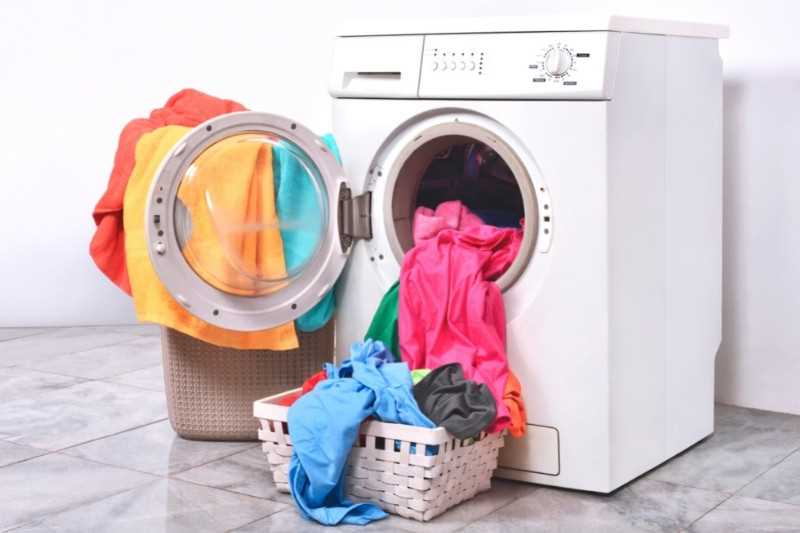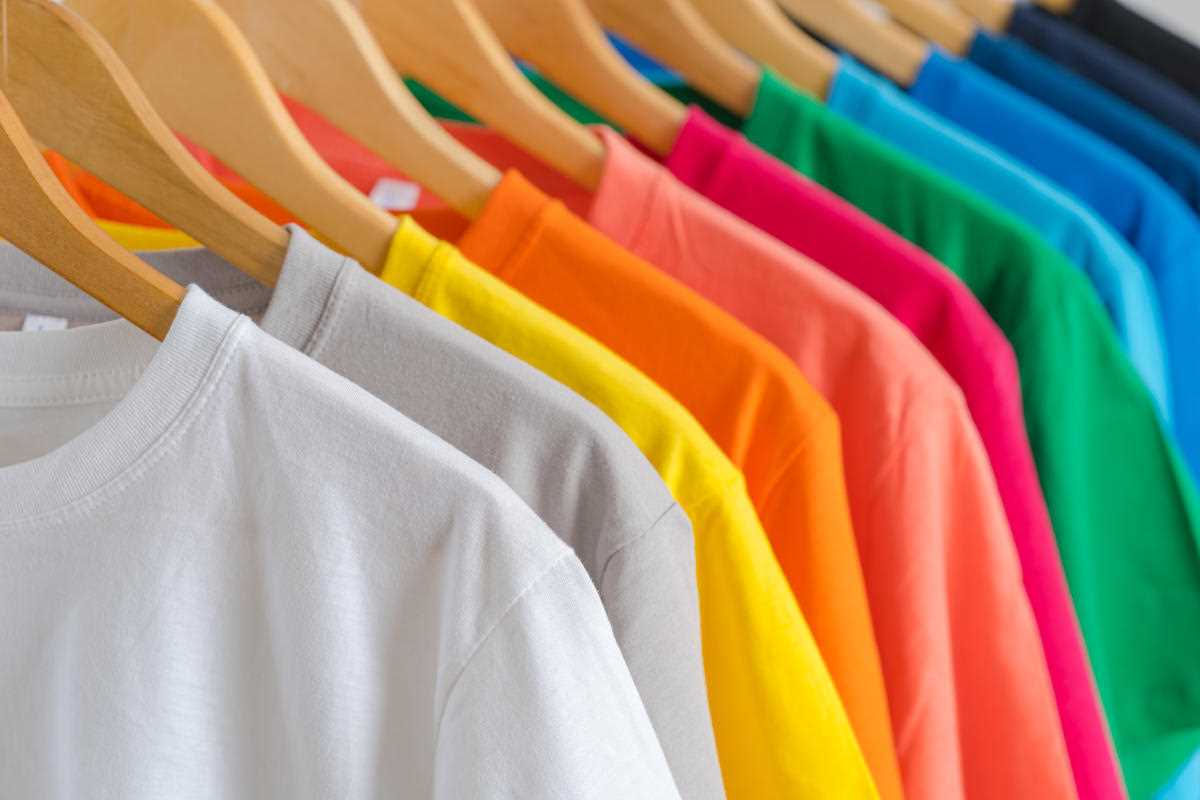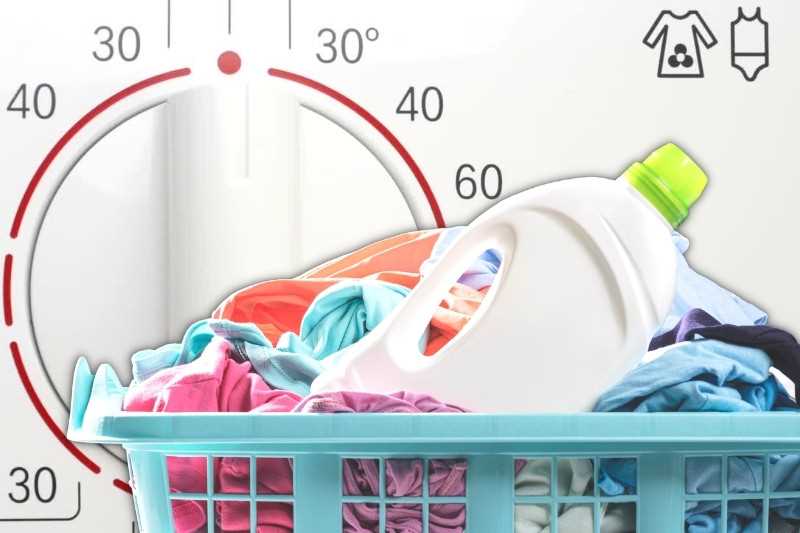




Introduction:
Have you ever wondered what happens to colours when they are exposed to heat? Whether it’s a fabric dye or a painted surface, heat can have a profound effect on the vibrancy and stability of different colours. This article will delve into the fascinating world of colour and explore how temperature influences their appearance and durability.
The Science Behind Colour:
Colour is a visual perception created by the human brain in response to different wavelengths of light. Each colour corresponds to a specific wavelength, and when we see an object as red, for example, it is because that object is reflecting light with a wavelength of approximately 700 nanometers.
When an object is exposed to heat, its physical properties can change, including the way it interacts with light. Heat can cause molecular rearrangements within dyes and pigments, altering their ability to absorb or reflect specific light wavelengths. This can result in a shift in the perceived colour or even a complete loss of colour.
The Effects of Heat on Different Colours:
Not all colours are created equal when it comes to their resistance to heat. Some colours are more stable and can withstand higher temperatures without significant changes, while others are more susceptible to fading or running.
For example, warm colours like red, orange, and yellow tend to be more stable and resistant to heat. Cooler colours such as blue and green, on the other hand, are often more prone to fading or shifting in hue when exposed to high temperatures. This is due to the different chemical compositions and molecular structures of the dyes and pigments used to create these colours.
Understanding the effects of heat on different colours is crucial in various industries, from textile manufacturing to automotive design. By knowing how colours behave under different conditions, manufacturers and designers can make informed decisions about material selection and product durability.
Conclusion:
Heat can have a profound influence on the appearance and stability of colours. From changing the perceived hue to causing complete colour loss, temperature can alter the way we see and experience the world of colour. By understanding the effects of heat on different colours, we can appreciate the complexities of colour science and make more informed choices in various industries. So the next time you encounter a colour that has faded or run, think about the role of temperature in its transformation.
The Science Behind Colour and Heat

Colour is a fascinating aspect of our visual perception that is influenced by many factors, including light and heat. When it comes to heat, different colours can react differently, resulting in changes in their appearance and properties.
Thermochromic Pigments

One interesting example of the interaction between colour and heat is the use of thermochromic pigments. These pigments change colour in response to temperature variations. They contain molecules that undergo structural changes when heated, altering the way they absorb and reflect light.
Thermochromic pigments can be found in a variety of applications, from mood rings and thermometers to product packaging and textile printing. They provide a visually striking effect that engages our senses and creates an element of surprise.
Colour Absorption and Reflection
The temperature at which colours “run” or change can vary depending on the specific pigment or dye used. This is due to the different absorption and reflection properties of each colour.
When light falls on an object, it can be absorbed or reflected. The absorbed light contributes to the heating of the object, while the reflected light determines the colours we perceive. Different pigments and dyes have specific absorption and reflection spectra, which determine the colours they appear.
As an object absorbs more light energy and heats up, the molecules within the pigments or dyes may undergo changes that affect their absorption and reflection properties. This can result in a shift in colour as the temperature increases.
Heat and Colour Stability

While some pigments and dyes may change colours when exposed to heat, others are more stable and resistant to temperature variations. This stability is influenced by the chemical composition and structure of the pigment or dye.
For example, inorganic pigments like titanium dioxide are known for their stability and resistance to heat, making them ideal for use in high-temperature applications. On the other hand, organic pigments may be more susceptible to changes in colour when exposed to heat.
Practical Applications
The understanding of how heat affects different colours has practical applications in various fields.
- In architecture and design, knowing how colours respond to heat can help in selecting appropriate materials for different environments, such as exterior walls or roofing.
- In the automotive industry, heat-resistant pigments are essential for exterior coatings that can withstand high temperatures.
- In forensic science, heat-induced colour changes can be used as evidence in arson investigations, where the presence of accelerants can be identified through alterations in the colours of residues.
By studying the science behind colour and heat, we can gain a deeper understanding of the properties and behaviours of different colours. This knowledge allows us to harness the power of colour in various applications, from art and design to technology and innovation.
Effects of Heat on Red Pigments
Red pigments are commonly used in various industries, including art, cosmetics, and food. However, their vibrant and eye-catching colors can be influenced by exposure to heat.
1. Degradation of Red Pigments
When red pigments are exposed to high temperatures, they can undergo chemical reactions that lead to degradation. This degradation can result in a loss of color intensity and vibrancy. The amount of heat required for degradation varies depending on the specific red pigment.
2. Color Shift
Heat can also cause a color shift in red pigments. For example, some red pigments may turn orange or brown when exposed to high temperatures. This color change occurs due to the alteration of the pigment’s molecular structure.
3. Fading
Excessive heat exposure can cause red pigments to fade over time. This fading effect occurs as the heat breaks down the pigment particles, leading to a loss of color. The intensity of the heat and the duration of exposure determine the degree of fading.
4. Stability

The stability of red pigments varies depending on their chemical composition. Some red pigments are more stable and can withstand higher temperatures without significant color changes or fading. However, others may be more prone to heat-induced alterations.
5. Applications
The knowledge of how heat affects red pigments is crucial in various applications. For artists, understanding the temperature at which red pigments degrade or change color can help them select the appropriate materials for their artwork. In the cosmetic industry, heat stability is important for the production of long-lasting makeup products. Additionally, food manufacturers need to consider the effects of heat on red pigments used for coloring food products.
6. Conclusion
Heat can have a significant impact on the appearance and stability of red pigments. While some red pigments may be more resistant to heat, others are prone to fading or color changes when exposed to high temperatures. Understanding these effects is crucial when using red pigments in various industries.
Effects of Heat on Blue Pigments

Blue pigments are used in various forms of art and design, including paintings, fabrics, ceramics, and plastics. When exposed to heat, blue pigments can undergo physical and chemical changes that affect their appearance and stability. Here are some effects of heat on blue pigments:
1. Color Change
- Some blue pigments, such as Prussian blue and ultramarine, may darken or fade when exposed to high temperatures.
- Heat can cause a shift in the hue of blue pigments, altering their perceived color. For example, a cool blue might turn into a warmer blue or even greenish-blue.
2. Decomposition

Extreme heat can cause the decomposition of certain blue pigments. This decomposition process can lead to the release of gases, changes in the molecular structure, and a loss of color intensity. It is particularly important to avoid exposing blue pigments to temperatures above their specific decomposition thresholds.
3. Vulnerability to Light

Blue pigments, especially synthetic ones, can be sensitive to both heat and light. When exposed to prolonged high temperatures, blue pigments may become more prone to fading or discoloration when subsequently exposed to light.
4. Chemical Reactions

Heat can trigger chemical reactions that affect the stability of blue pigments. Some pigments may react with components in the surrounding environment, leading to changes in their optical properties. These reactions can result in a loss of vibrancy and clarity in the blue color.
5. Material Compatibility
The effects of heat on blue pigments can vary depending on the material they are applied to. Pigments used in textiles, for example, may respond differently to heat compared to those used in paintings. It is important to consider the specific blue pigment and its compatibility with the material before subjecting it to high temperatures.
Overall, the effects of heat on blue pigments can be diverse and complex. It is crucial to handle and store blue pigmented materials properly to prevent unwanted changes in their color and quality due to exposure to high temperatures.
Effects of Heat on Green Pigments
Green pigments are widely used in various applications such as painting, dyeing, and printing. These pigments are responsible for giving an object a green color. However, when exposed to heat, green pigments can undergo certain changes and exhibit different effects.
1. Color Change
High temperatures can cause green pigments to change their color. The exact color change will depend on the specific type of green pigment used. Some green pigments may turn yellowish or brownish when exposed to heat, while others may become darker or lighter in shade.
2. Fading
Green pigments, like many other pigments, can fade when exposed to heat for prolonged periods of time. This is due to the degradation of the pigment molecules under high temperatures. The vibrant green color may gradually fade, resulting in a dull or washed-out appearance.
3. Chemical Reactions
Heat can also trigger chemical reactions in green pigments, leading to the formation of new compounds. These reactions may result in the alteration of the original green color. It is important to consider the chemical stability of the green pigment when exposed to heat in order to understand the potential effects.
4. Decomposition
Some green pigments may undergo decomposition when exposed to high temperatures. This can cause the pigment molecules to break down into smaller fragments or gases, resulting in a loss of color and structural integrity. The decomposition products may have different colors altogether.
5. Heat Stability

The effects of heat on green pigments can vary depending on their heat stability. Some green pigments are more resistant to heat, while others are more prone to degradation. It is essential to consider the heat stability of the green pigment when choosing or using it in applications where heat exposure is expected.
Overall, the effects of heat on green pigments can range from color change and fading to chemical reactions and decomposition. Understanding these effects is important in preserving the desired appearance and quality of objects or materials containing green pigments.
FAQ
What happens to colours when they are exposed to heat?
When colours are exposed to heat, they can undergo a series of changes. These changes can include fading, darkening, or even completely changing to a different colour.
Does heat affect all colours in the same way?
No, heat affects different colours in different ways. Some colours are more resistant to heat and may not undergo any noticeable changes, while others may be more sensitive and experience significant changes when exposed to heat.
Are there any colours that are particularly susceptible to heat damage?
Yes, certain colours are more susceptible to heat damage than others. In general, lighter colours, such as pastels or white, are more prone to fading or yellowing when exposed to heat. Darker colours, such as blacks or deep blues, tend to be more resistant to heat damage.
What is the temperature at which colours start to run?
The temperature at which colours start to run can vary depending on the specific colour and the materials used to create it. In general, most colours will start to show signs of running or changing at temperatures above 200 degrees Celsius.
Is there any way to protect colours from heat damage?
Yes, there are several ways to protect colours from heat damage. One option is to avoid exposing coloured items to high temperatures whenever possible. Additionally, using heat-resistant materials or applying protective coatings to coloured surfaces can help minimize the effects of heat.












